What is a zone map, you ask? Gardeners need a way to compare their garden climates with the climate where a plant is known to grow well. That’s why climate zone maps were created. It can be a very helpful tool.
The zone maps will show where various permanent landscape plants can adapt. If you want a shrub, perennial, tree or flower bulb to survive and grow year after year, the plant must tolerate year-round conditions in your area. The zone map considers the average of the lowest and highest temperatures and the amount and distribution of rainfall. It can also be helpful for you to better estimate when to start your plants indoors and when you can move them outdoors.
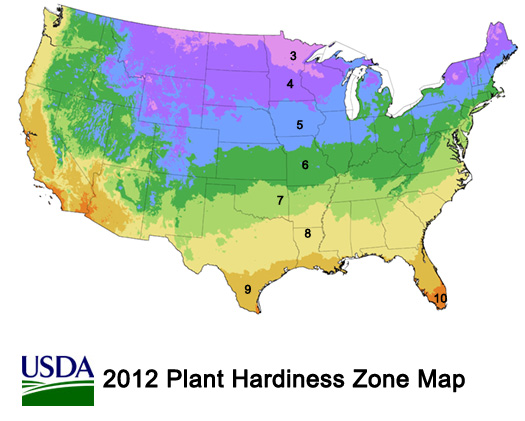 We all know our weather is not always the same, and it can fluctuate from year to year. With that thought in mind, the 13 zones are also divided into “A” & “B”. This is giving us a little more detail, but also can make things seem more confusing. For example, If you live in zone 5B, that means your area is generally zone 5, but at times may be more like a zone 6. It really is to make you more aware of the possible fluctuation differences you may experience. Knowing this information will allow you to take necessary precautions or steps to protect certain plants that may be affected.
We all know our weather is not always the same, and it can fluctuate from year to year. With that thought in mind, the 13 zones are also divided into “A” & “B”. This is giving us a little more detail, but also can make things seem more confusing. For example, If you live in zone 5B, that means your area is generally zone 5, but at times may be more like a zone 6. It really is to make you more aware of the possible fluctuation differences you may experience. Knowing this information will allow you to take necessary precautions or steps to protect certain plants that may be affected.
Be sure you know what zone you are in when purchasing living plants, roots or bulbs as this will save yourself from extra disappointment. Click on the map above to be taken to USDA site. Simply enter in your zip code and it will tell you what zone you are in!



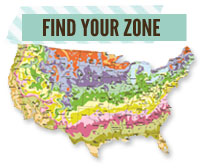


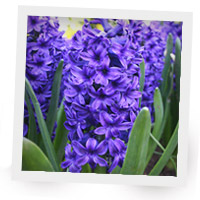
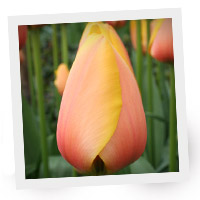
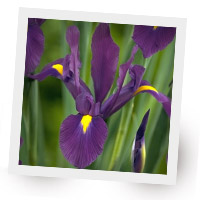
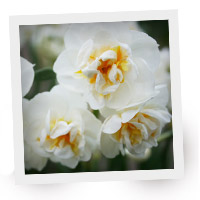
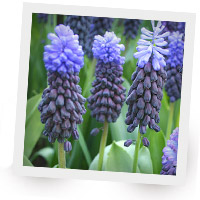
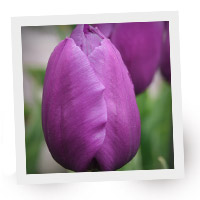
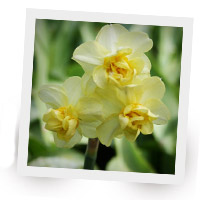
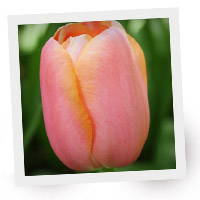

Good afternoon, thanks for an extremely useful posting, I really don’t generally , add responses but valued your weblog and as a result decided I’d say thanks for your insight > Phoebe